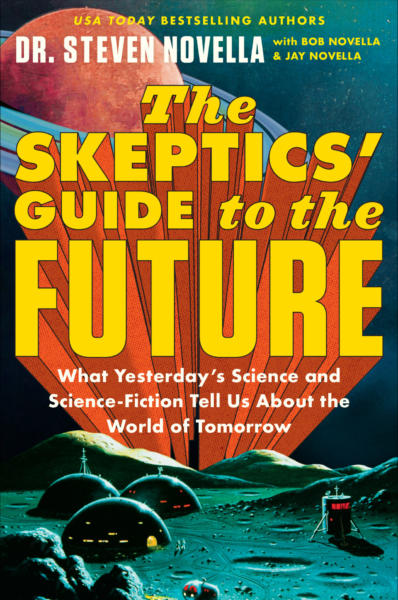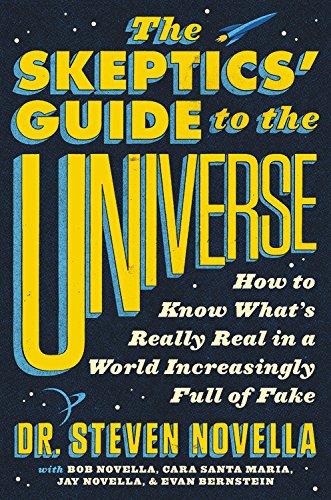Apr 24 2025
Transgene-Free Gene Editing in Plants
 Regulations are a classic example of a proverbial double-edged sword. They are essential to create and maintain a free and fair market, to prevent exploitation, and to promote safety and the public interest. Just look at 19th century America for countless examples of what happens without proper regulations (child labor, cities ablaze, patent medicines, and food was a crap shoot). But, regulations can have a powerful effect and this includes unintended consequences, regulatory overreach, ideological capture, and stifling bureaucracy. This is why optimal regulations should be minimalist, targeted, evidence-based, consensus-driven, and open to revision. This makes regulations also a classic example of Aristotle’s rule of the “golden mean”. Go too far to either extreme (too little or to onerous) and regulations can be a net negative.
Regulations are a classic example of a proverbial double-edged sword. They are essential to create and maintain a free and fair market, to prevent exploitation, and to promote safety and the public interest. Just look at 19th century America for countless examples of what happens without proper regulations (child labor, cities ablaze, patent medicines, and food was a crap shoot). But, regulations can have a powerful effect and this includes unintended consequences, regulatory overreach, ideological capture, and stifling bureaucracy. This is why optimal regulations should be minimalist, targeted, evidence-based, consensus-driven, and open to revision. This makes regulations also a classic example of Aristotle’s rule of the “golden mean”. Go too far to either extreme (too little or to onerous) and regulations can be a net negative.
The regulations of GMOs are an example, in my opinion, of ideological capture in regulations. The US, actually, has pretty good regulations, requiring study and approval for each new GMO product on the market, but no outright banning. You could argue that they are a bit too onerous to be optimal, ensuring that only large companies can afford to usher a new GMO product to the market, and therefore stifling competition from smaller companies. That’s one of those unintended consequences. Some states, like Hawaii and Vermont, have instituted their own more restrictive regulations, based purely on ideology and not science or evidence. Europe is another story, with highly restrictive regulations on GMOs.
But in recent years scientific advances in genetics have cracked the door open for genetic modification in highly regulated environments. This is similar to what happened with stem cell research in the US. Use of embryonic stem cells were ideologically controversial, and ultimately the development of any new cells lines was banned by Bush in 2001. Scientists then discovered how to convert adult cells into induced pluripotent stem cells, mostly side-stepping these regulations.
In the GMO space a similar thing has happened. With the advent of CRISPR and other technologies, it’s possible to alter the genome of a plant without introducing a foreign gene. Increasingly these sorts of changes are being distinguished, from a regulatory perspective, from genetic modification that involves inserting a gene. Altering the genome without gene insertion is referred to a genetic engineering, rather than genetic modification, and the regulations for the use of genetic engineering (which includes product labeling) are less onerous. This provides an incentive to the industry to accomplish what they want through genetic engineering, without triggering the rules for genetic modification.
This brings us to a couple of recent studies showcasing this approach. For some additional background, however, I need to mention that one currently used technique is to use CRISPR or a similar method to modify the genome of a plant, but then back cross the resulting engineered plants with unmodified plants in order to get rid of any foreign DNA left behind by the CRISPR process. This is a bit laborious, and often requires multiple generations, to result in a plant with the desired mutations but no foreign DNA.
However, this technique does not work for every kind of plant. There are two categories in particular that are a problem – trees (or any slow-growing plant that would take years to reproduce), and sterile plants (like bananas). For these types of plants we need a new method that does not leave behind any foreign DNA and therefore does not require subsequent cross-breeding to get rid of it.
So – in January scientists published a study detailing “Transgene-free genome editing in poplar.” They report:
“Here, we describe an efficient method for generating gene-edited Populus tremula × P. alba (poplar) trees without incorporating foreign DNA into its genome. Using Agrobacterium tumefaciens, we expressed a base-editing construct targeting CCoAOMT1 along with the ALS genes for positive selection on a chlorsulfuron-containing medium.
About 50% of the regenerated shoots were derived from transient transformation and were free of T-DNA. Overall, 7% of the chlorsulfuron-resistant shoots were T-DNA free, edited in the CCoAOMT1 gene and nonchimeric.”
This means that they were able to use transiently expressed DNA in the cells, that essentially made the genetic change and then went away. They used the bacterium A tumefaciens as vector. This worked in about half of cells. They also did genome-wide sequencing to weed out any shoots with any foreign DNA. They also had to eliminate shoots where only some of the cells were altered (and therefore chimeric). So in 7% of the shoots the desired change was made, in all of the cells, without leaving behind any foreign DNA. No further breeding is required, and therefore this is a much quicker, cheaper, and more efficient method of making desirable changes (in this case they used a herbicide resistant mutation, which was easy to test for).
Next up, published this month, was the same method in the cavendish banana – “An Agrobacterium-mediated base editing approach generates transgene-free edited banana.” From what I can tell they used essentially the same method as with the poplar trees, although there are no authors in common between the two papers so this appears to be an independent group. The authors of both papers are Flemish and cite each-other’s work, so I assume this is part of a collaborative project. I also see another paper doing a similar thing in bamboo, with Chinese authors.
The authors explicitly say that the benefit of this technique is to create cultivars that have less of a regulatory hurdle, so the point is primarily to avoid harsher regulations. While this is a great workaround, it’s unfortunate that scientists need to develop a workaround, just to please the anti-GMO crowd. Anti-GMO sentiments are not based on science, they are ideologically and largely driven by the organic industry for what seems transparently self-serving reasons. The benefits of genetic engineering in agriculture, though, are clear and necessary, given the challenges we are facing. So the industry is somewhat quietly just bypassing regulations, while some governments are quietly softening regulations, in order to reap the benefits without inflaming anti-GMO activists. Hopefully we can get to a largely post-anti-GMO world and get down to the business of feeding people and saving our crops from looming diseases and climate change.






